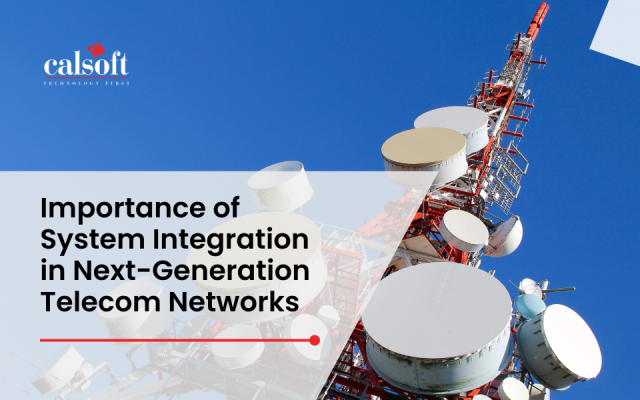The advent of 5G technology has brought with it the promise of faster speeds, lower latency, and greater network capacity. But one of the most significant advancements that 5G brings is the ability to slice the network into multiple virtual networks, each with its own set of characteristics and capabilities. This is known as 5G network slicing, and it is set to be a game-changer for telcos.
Delve into the blog to learn about Network Slicing, its significance, and how it benefits the telco industry!
What is Network Slicing?
Network slicing is a technology that allows a single physical network infrastructure to be divided into multiple virtual networks that can be tailored to specific use cases, applications, or services. Each slice is like a dedicated network, with its own unique set of resources and characteristics, such as bandwidth, latency, security, and mobility.
5G network slicing takes this concept to the next level by offering greater flexibility, granularity, and automation. It allows network operators to create and manage slices on-demand, in real-time, and with fine-grained control over the network resources. This means that telcos can deliver a range of services and applications to different customers and industries, each with its own requirements, without having to build separate networks.
In simple words, network slicing means allocating bandwidth based on the end user’s demands.
How Does 5G Slicing Work?
5G network slicing works by using Software-Defined Networking (SDN) and Network Functions Virtualization (NFV) technologies to create and manage virtual networks. The physical infrastructure is divided into three layers: the Radio Access Network (RAN), the transport network, and the Core Network (CN).
Each layer can be sliced independently, with different slices being assigned to different customers or applications. For example, a telco could create a slice for a manufacturing company that requires low-latency, high-bandwidth connectivity for its robots and sensors. At the same time, it could create another slice for a gaming company that requires low-latency, high-bandwidth connectivity for its multiplayer games.
Benefits of 5G Network Slicing for Telcos
There are several benefits of 5G network slicing for telcos, including:
- Customized Services: Telcos can create customized network slices that meet the unique requirements of different customers and industries, such as low-latency, high-bandwidth connectivity for autonomous vehicles, or ultra-reliable, low-latency connectivity for healthcare applications.
- Revenue Generation: Telcos can generate new revenue streams by offering differentiated and value-added services to customers, such as guaranteed service levels, enhanced security, and Quality of Service (QoS) guarantees.
A third-party or different stakeholder can buy network slices from Mobile Network Operators (MNOs). These slices can be offered to users by a third party in exchange for money. In this monetization model, the telecom company or MNOs takes a network charge or the revenue share from the third party who initially received their users’ money.
- Resource Optimization: Telcos can optimize their network resources by allocating them to different slices based on demand and usage patterns. This ensures that resources are used efficiently and effectively, reducing costs, and improving network performance.
- Faster Time-to-Market (TTM): Telcos can launch new services and applications quickly and easily, without having to build separate networks or invest in new infrastructure. This allows them to respond rapidly to changing customer needs and market demands.
- Enhanced Customer Experience: Telcos can deliver a superior customer experience by providing personalized and reliable connectivity that meets the specific needs of each customer or application.
In a Nutshell
5G network slicing is set to be a game-changer for telcos, offering greater flexibility, agility, and efficiency than ever before. By creating customized virtual networks that meet the unique requirements of different customers and industries, telcos can generate new revenue streams, optimize their network resources, and deliver superior customer experience. As 5G adoption continues to grow, we can expect to see more and more telcos leveraging this powerful technology to drive innovation and growth.







